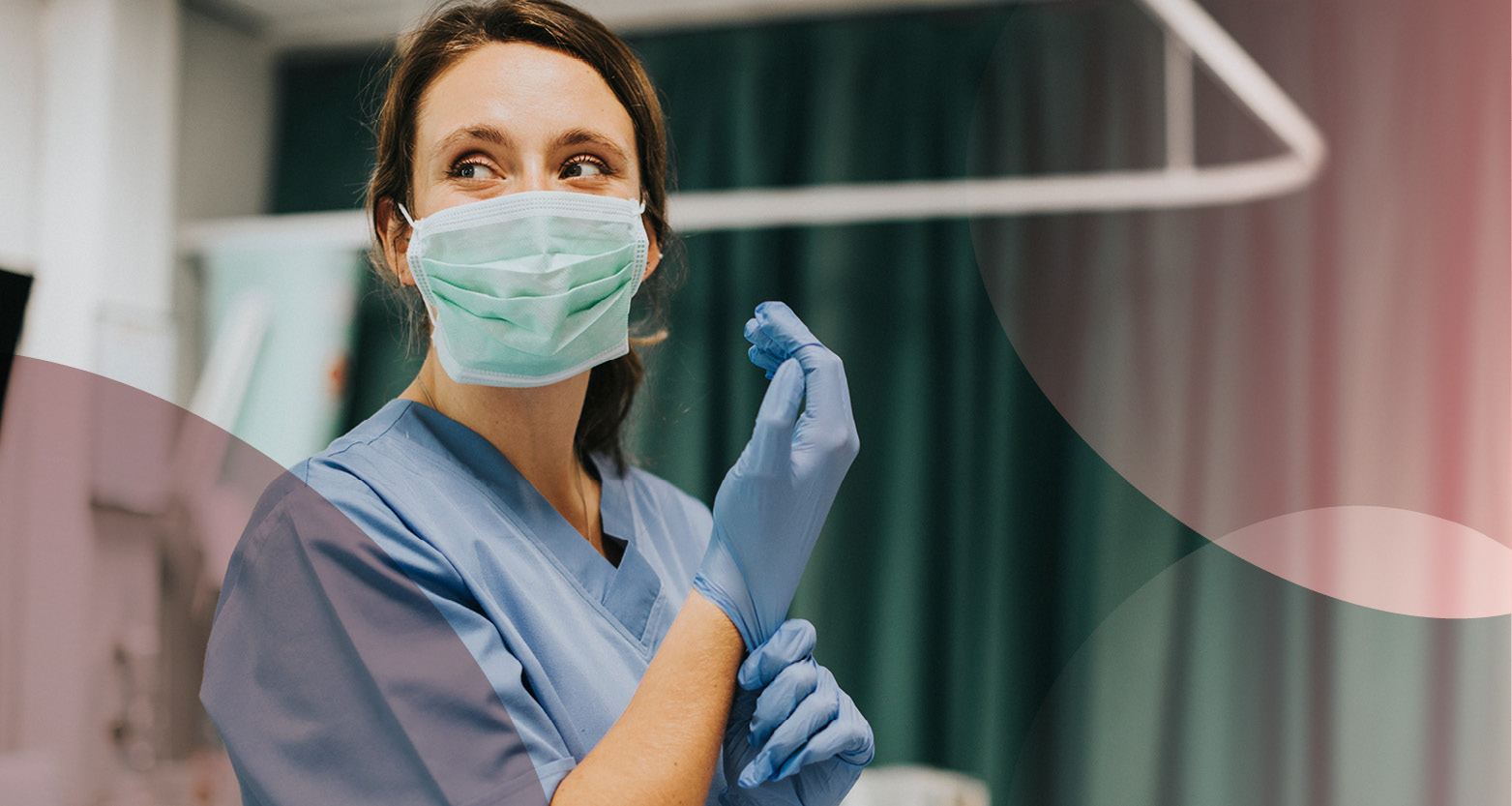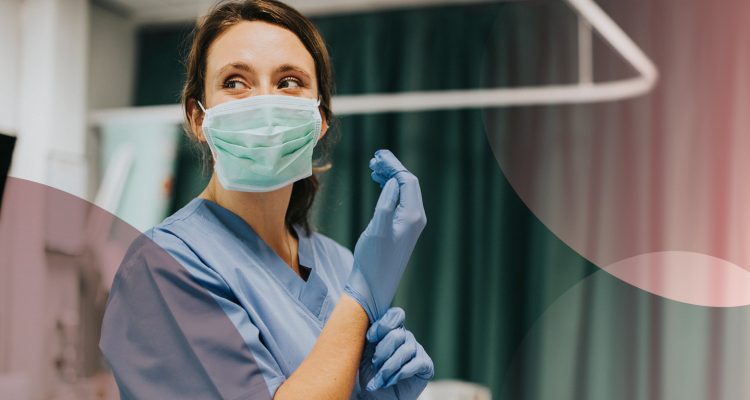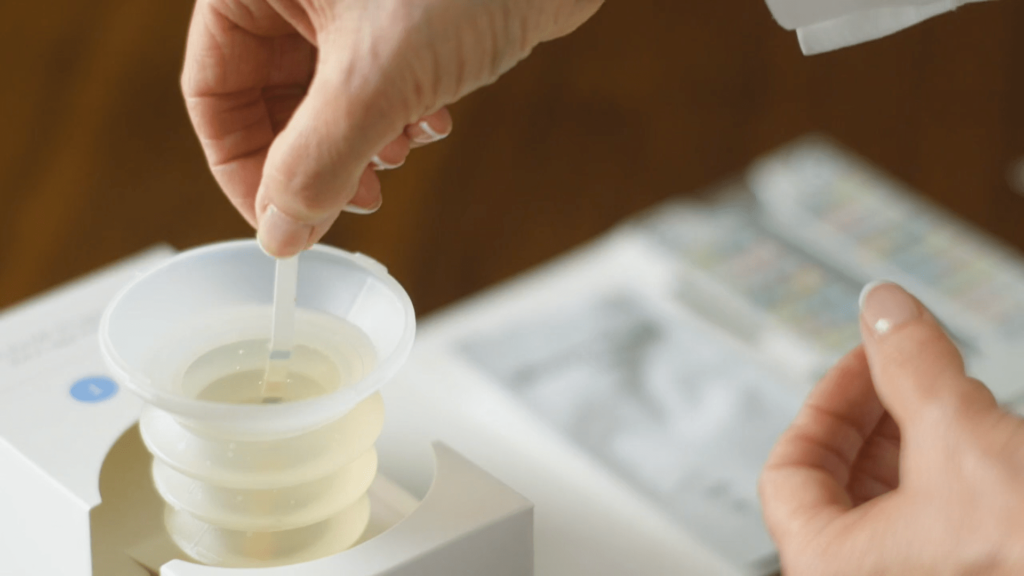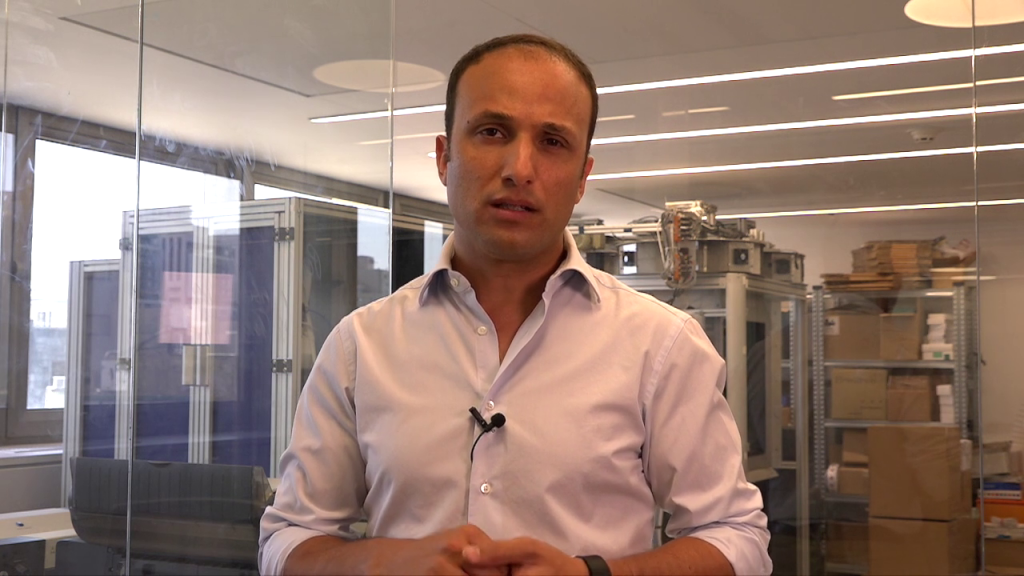Already overworked and understaffed, the majority of wound care nurses are not equipped with tools and technology that can optimize their workflows and ease the burden. The lack of adequate tools has turned into a major barrier preventing them from providing the best possible care for their patients.
These findings are from a recent survey conducted by Healthy.io of over 200 wound care nurses in hospital settings across 40 states. The lack of adequate tools was widespread, illustrated by the staggering rate of 90% of respondents who still use old-fashioned paper rulers to document their patients’ wounds. Such methods are time-consuming and inaccurate, resulting in unreliable data and inconsistent records of patients’ wounds.
Documentation is a critical component of wound care, attesting to the quality of care and highly dependent on the tools used by healthcare providers. The overwhelming majority of nurses are well aware of this, with 98% of respondents emphasizing the importance of consistent documentation.
Our survey reveals a gap between the awareness of documentation’s importance and the access to high-quality documentation tools. Two thirds of wound care nurses say that their tools and documentation methods are not good enough, and cite inefficient documentation as one of the top challenges they face.
A time-consuming process
Half of the nurses surveyed indicated that they spend at least 25% of their time doing administrative work, with a third of the respondents saying that 50% of their time is devoted to documentation and administrative tasks.
Nurses dedicating half of their time to administrative tasks poses a serious issue for healthcare organizations and hospitals, given the shortage in nurses and other front-line healthcare professionals. Despite the 9% projected growth for the US nurse workforce in the coming decade, estimates claim that 29 states will not fill the demand for nurses, with especially large gaps projected for Pennsylvania, North Carolina, Colorado, Illinois, and Massachusetts by 2026.
According to some, the US does not suffer from a shortage of nurses but from ineffective workflow management. Nurses themselves are demanding more investment in their training and the deployment of innovative technology to better care for their patients. Easing the workflow burden and enabling nurses to focus their time and energy on directly caring for patients is a critical step toward retaining nurses.
Documenting, coordinating and improving patient care
Consistent documentation allows nurses and healthcare professionals to improve care coordination and better support clinical decision-making, which has an important effect on health outcomes and patient experience. The responsiveness of hospital staff to patients’ needs and how nurses and doctors communicate are key factors for patients when rating their experience through HCAHPS surveys. Patient survey ratings have become an essential tool for comparing hospital quality and an indicator of other important performance indicators, such as profitability.
Furthermore, documenting wounds and identifying hospital-acquired pressure injuries (HAPIs) are among the top priorities of wound care nurses, and some of the most time-consuming and challenging tasks undertaken by nursing staff. “I would love a program where I could note wound care progress quickly, without having to write reports for every visit,” one respondent claimed.
Others expressed the need for technological solutions that could assist them in identifying HAPIs. “A tool that once you have taken a photograph of the wound, measures it and determines the degree of sloughing,” was a solution one of the respondents proposed.
Overall, nurses are optimistic about how technology can assist them in their practice. A study by Wolters Kluwer of ‘next generation nurses’–those in practice for a decade or less–shows that 63% were optimistic about AI assisting care providers in making better decisions.
Together with their more-experienced counterparts, over 80% of nurses agree that specialized systems that provide treatment recommendations improve not only care delivery but assist them in speeding up processes and easing their workflows.
Bringing digital transformation to health systems
Nurse workforce planning measures–investment in resources, technological adaptations, and retention strategies–are paramount for fully adapting health systems to value-based and patient-centered models.
The use of appropriate tools directly reflects on the consistency and quality of documentation. Complete documentation ensures that patients get the most appropriate treatment and that HAPIs are being adequately identified and recorded. It is also essential for enabling effective communication across interdisciplinary teams and adapting healthy systems to value-based models.
Minuteful for Wound, Healthy.io’s digital wound management solution, simplifies both the capturing and measuring of wounds and creates consistent wound records. The app enables automatic wound measurements, tissue distribution, and wound depth using a smartphone. In addition, wound data can be viewed from a secure, centralized portal, assisting nurses in tackling their main documentation and assessment challenges.
Our survey taught us that nurses are acutely aware of their challenges—and of the new tools they need to meet those challenges head on. Effectively implementing digital measures will give them the power to allocate their time and effort to what matters most–their patients.
Download the full survey report here.







